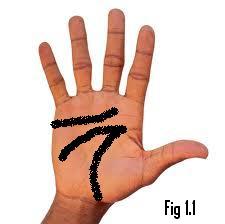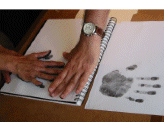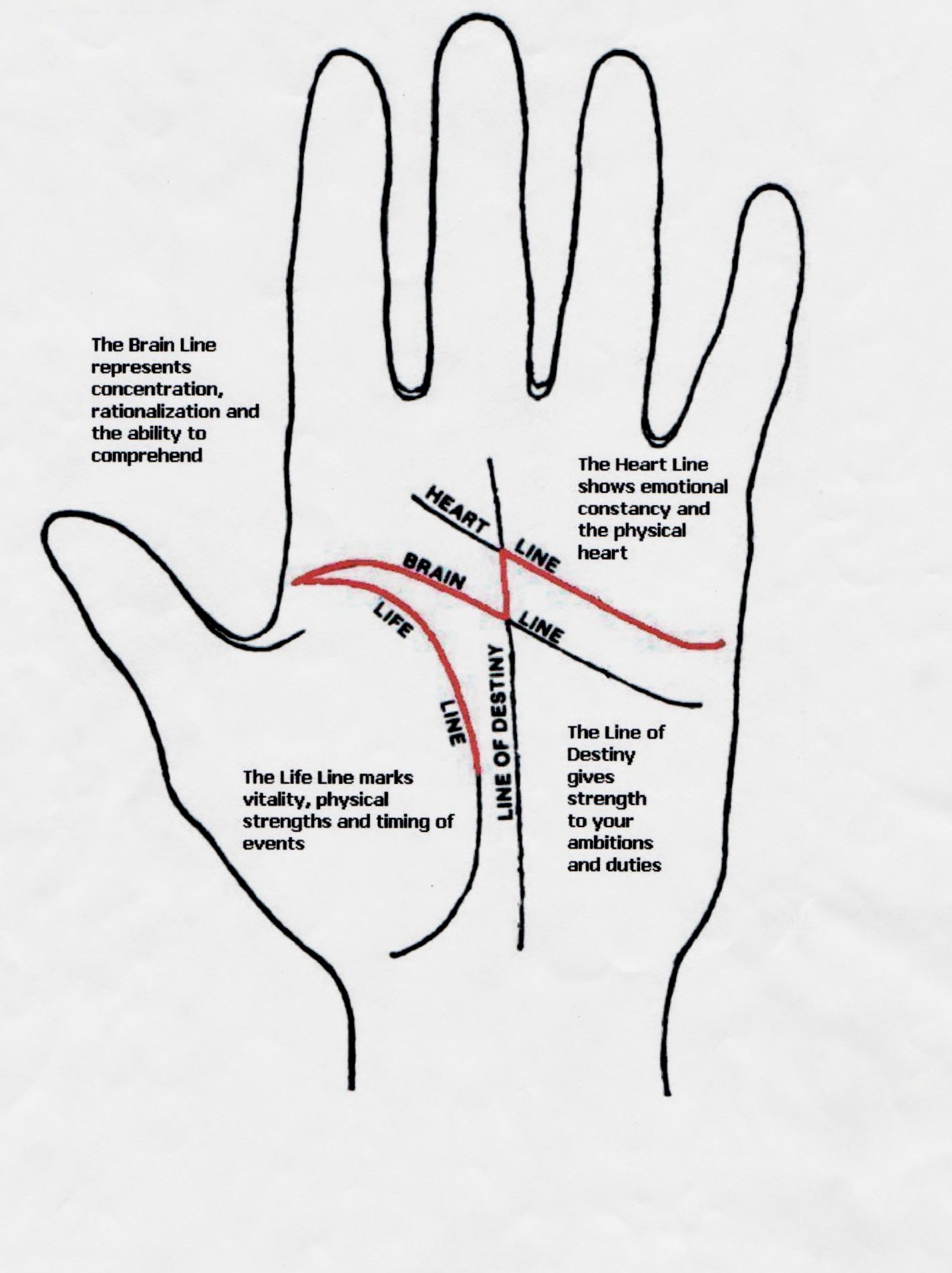Palmistry And Professions The most difficult task in astrology is to fix a person's vocation for which he is best fitted. This is a vital question of the modern age when there are numerous vocations, the classification of which is a most tedious and difficult job. The...
Latest from the Blog
Palm Reading Hand Shapes Analysis and Health
Hand Analysis and Health For centuries medicine has recognized the link between palmistry and health. Modern medical researchers have confirmed this link. I have prepared for you a list of the health attributes that are attached with the particulities of a person's...
I Want to Learn How to Read Hands – Palmistry
Question: I want to learn how to read hands. What must I do and what do I need. Klarissa. www.askthespirit.com Answer: Klarissa: The tools are simple, a large magnifying glass, a good light and a small ruler are handy. Regular reading of this column with trips to...
Hand Reading Longevity – How long we will live
The Hand And Longevity This is a very ticklish problem, worrying many people, as to how long they will live. Birth and death are controlled by God. But the Hand of man gives us certain indications which indirectly are the message of God. Many efforts have been made to...
Palm Reading Instructions – Introduction to Palmistry
Palmistry or palm reading is an art or science of reading a person's behaviour, fate, character, career and his life path from the lines and lineaments on his hands. The Hand is the terminal part of the human arm containing the Palm and Fingers from below the wrist....
Free Hand Reading Guide – Hand Analysis FAQ
What is Scientific Hand Analysis? Scientific Hand Analysis is a technique that allows us to get an objective view of ourselves. By carefully analyzing the whole hand including; the hand structure, the fingers, the skin, the resilience of the mounts, the flexibility of...
Hand Analysis Palm Reading of “Able Prime Minister”Dr. Man Mohan Singh
Hand Analysis of Dr. Man Mohan Singh. The Sun Line -a sign of ‘power’ and ‘gift’ from God- and good deep clear flawless Head Line on his right palm of the hand and strong Mount of Jupiter indicates his capabilities as an academic scholar, presence of a...
Question about M sign on Palm – Palmistry
Question: I have an M in my hand. Does that mean I'm destined for money? D. Q. www.askthespirit.com Answer: D.Q. It might help if you got a job. I have heard of all sorts of words and letters in the hand. Many a "fortune teller" can lead one on with such tails as M...
Hand Shapes in Palm Reading – Palmistry
HAND SHAPE - THE STAGE The shape of your hands reflect the one of 4 elemental archetypes. Have a look at your hand and measure the length of your palm from wrist to fingers. Now measure your fingers from base to tip. Is your palm longer than your fingers? If so then...








